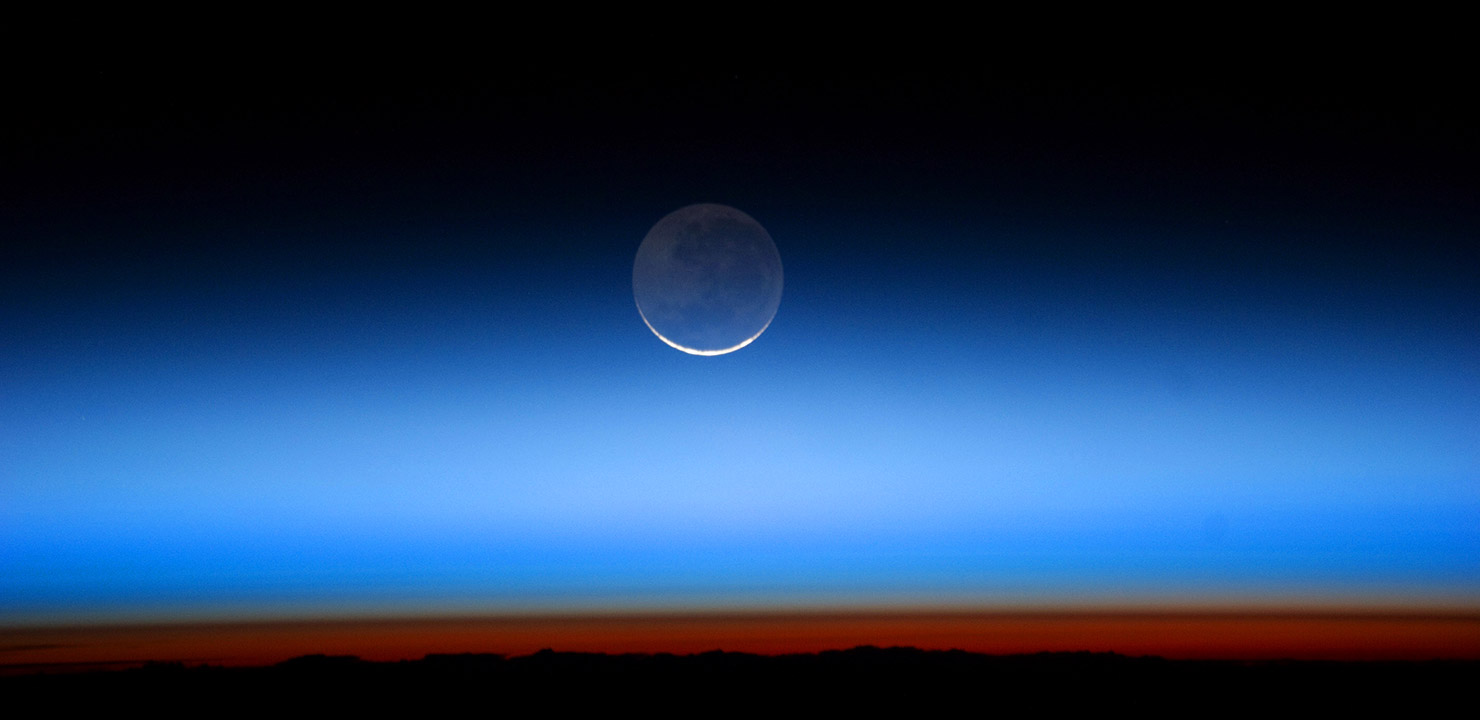
Super Blue Sturgeon Moon
August 2023 :
Note: This article may contain outdated information
This article was published in the August 2023 issue of The Skyscraper and likely contains some information that was pertinent only for that month. It is being provided here for historical reference only.
On August 1st, catch a full Moon rising in the east just 30 minutes after sunset. We are seeing the entire sunlit side of the Moon as it is nearly (but not quite) in line with the Sun and Earth. The Farmers’ Almanac calls this month’s Moon the “Sturgeon Moon”, for the time of year when this giant fish was once abundant in the Great Lakes. Cultures around the world give full Moons special names, often related to growing seasons or celebrations.
As the Moon rises later and later each night, the bright sunlit part appears to get smaller or “wane” - we call this a waning gibbous Moon. About a week later, on August 8th, we see only one half of the Moon alight. At this phase, the Moon rises around midnight and sets around noon. Have you ever seen the Moon in the daytime? You may notice this phase towards the southwest in the morning sky. Hold up a ball or egg beside it and see how the Sun lights up the same part.
By August 16th, the Moon has gone through its crescent phase and is now only showing its dark side towards the Earth. Did you know the dark side and the far side of the Moon are different? The Moon always shows the same face towards Earth due to the gravitational pull of Earth, so the far side of the Moon was only viewed by humans for the first time in 1968 with the Apollo 8 mission. However, the dark side is pointed at us almost all the time. As the Moon orbits the Earth, the sunlit side changes slowly until the full dark side is facing us during a new Moon. When the Moon is just a small crescent, you can sometimes even see the light of an Earthshine reflecting off Earth and lighting up the dark side of the Moon faintly.
Then as the Moon reappears, making a waxing (or growing) crescent Moon, best seen in the afternoons. By the time it reaches the first quarter on August 24th, we see the other half of the Moon lit up. At this point, the Moon passes through Earth’s orbit and marks the spot where the Earth was just 3 hours prior. It takes the Earth about 3 hours to move the distance between the Moon and Earth.
The Moon on August 30th is referred to as a blue moon. Blue moons are not actually blue in color of course; it refers to the second full Moon in any month. Since it takes 29.5 days to complete the cycle from full to new and back to full, most months will see only one. But occasionally, you’ll fit two into one month, hence the phrase “once in a blue moon.” We see a blue moon about once every 3 years on average - next in May 2026. In addition, this full Moon appears larger in the sky than any other full Moon this year - an unofficial supermoon. A supermoon appears larger than average because it is closer in its slightly elliptical orbit. The difference in apparent size between the smallest and largest full Moon is about the size difference between a quarter and a nickel. Even at its largest, you can always cover the whole Moon with your pinky extended at arm's length.
Follow the Moon with us this month and keep a Moon journal if you like - you may be surprised what you discover! moon.nasa.gov/moon-observation

Image of waning crescent Moon shown next to a ball on a stick that is lit by the Sun on the same side as the Moon, with trees and a blue sky in the background. Try this with an egg or any round object when you see the Moon during the day! Credit: Vivian White



